Regarding the world of citrus fruits, lemons stand out as versatile delights. With their tangy zest and countless culinary applications, lemons have secured a permanent place in our kitchens and gardens. In this blog, we delve into a selection of the top 20 lemon varieties that encompass not only delectable sweetness but also impressive size and intriguing rarity. Join us on a journey through orchards filled with these exceptional cultivars as we uncover the vibrant tapestry of flavors and aromas the lemon world offers.
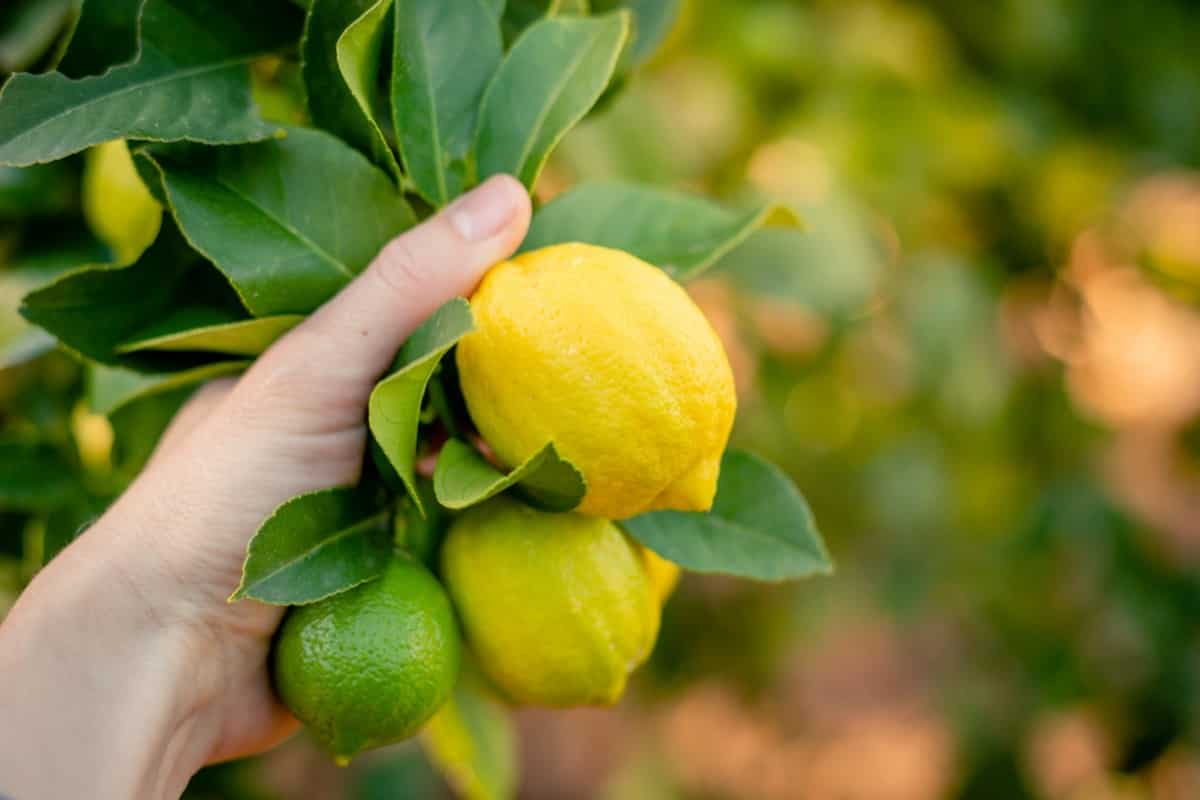
Lemon Varieties and Hybrids
Lemons primarily belong to Citrus limon (citrus x limon), encompassing various established types and possibly numerous wild hybrids. Simplistically, fruits outside the realm of C. limon are generally categorized as “lemons” despite not being authentic. Notable among these are the “true” lemon varieties. Moreover, certain lemons are hybrids resulting from crossbreeding with other citrus fruits. The following list highlights several prevalent species involved in lemon hybridization:
- Key Lime (Citrus aurantiifolia)
- Citrons (Citrus medica)
- Mandarin Oranges (Citrus reticulata)
- Kumquat (Citrus japonica)
Best 20 Lemon Varieties
Villafranca Variegated Lemon
The Villafranca Variegated Lemon is a unique citrus variety that showcases nature’s artistic talent. Originating from the same lineage as the familiar Villafranca Lemon, this variegated variety features intricate patterns and hues. Its native preference for sunlight and moderate watering aligns with its lemon heritage, providing a nurturing environment for its growth.
Eureka Lemon
Eureka lemons, native to South Asia, are popular among juicing enthusiasts due to their classic shape and vibrant yellow hue. Originating in USDA Hardiness Zones 8-10, they thrive in mild to warm climates, producing abundant yields in amateur and professional gardens. Eureka lemon trees require full sun exposure, balanced watering, consistent moisture, and slightly dry soil.
In case you missed it: High-Density Lemon Plantation: Spacing, Plants Per Acre, Techniques, Cost, and Yield
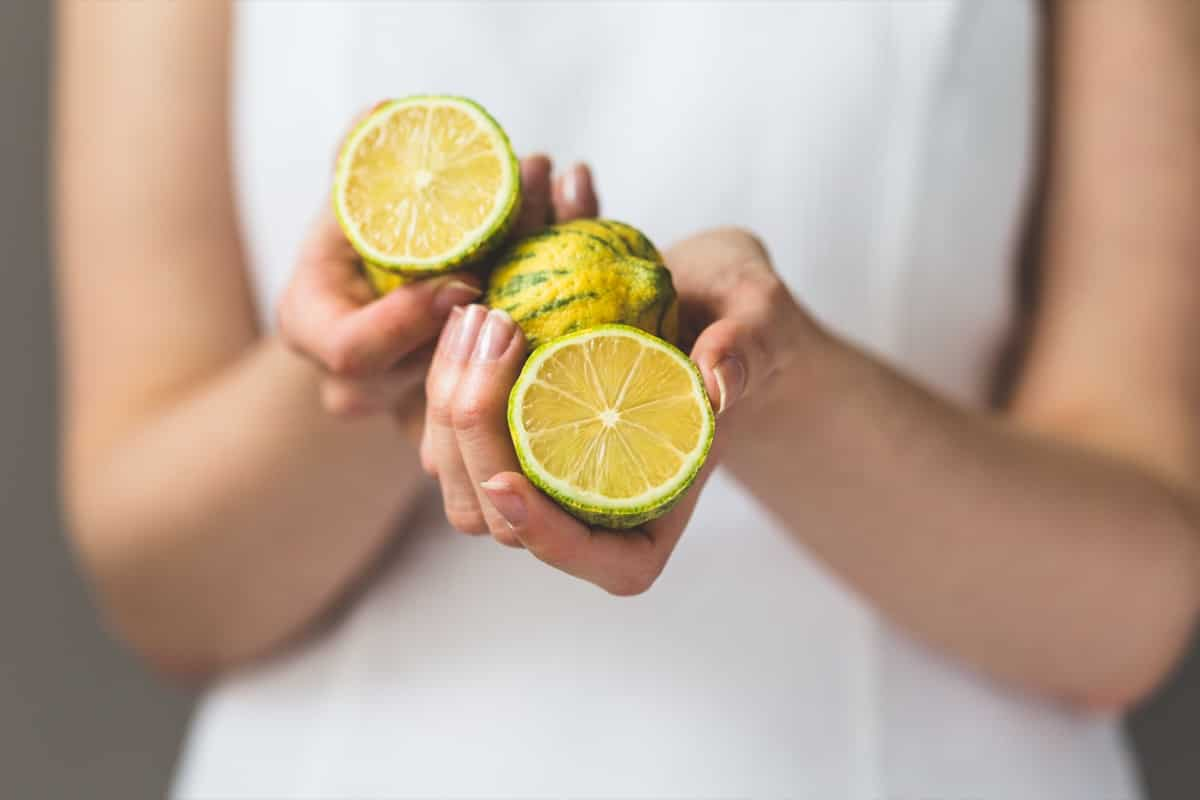
They prefer a balanced approach to ensure healthy root systems and prevent waterlogged conditions. Eureka lemons are celebrated for their classic appearance and culinary utility, as their scarcity of seeds makes them a popular choice for extracting fresh lemon juice. They are also used in garnishing dishes and crafting refreshing beverages, making them an indispensable ingredient in kitchens worldwide.
Lisbon Lemon
The Lisbon lemon, originating from South Asia, is a beloved citrus variety with a distinctive elongated, greenish-yellow form with a pronounced nipple at the apex. Despite its origins in South Asia, its adaptability has led to its global cultivation in diverse climates and locales. The Lisbon lemon thrives within USDA Hardiness Zones 9-10, ideally suited to warm and temperate environments.
For optimal growth and fruit development, the Lisbon lemon tree requires ample sunlight exposure, particularly during the initial year of growth. Regular watering is recommended, with a frequency of 3-4 times per week. The tree’s iconic form, global presence, and specific requirements make it a captivating addition to the citrus landscape.
Bearss lemon
The Bearss lemon, a lemon variety closely resembling its Lisbon counterpart, has a striking appearance with a fruit measuring 3 to 4 inches in diameter. Originating in 1892 in a grove near Lutz, Florida, the Bearss lemon’s history is tied to the Bearss grove. Flourishing within USDA Hardiness Zones 8-12 thrives in mild winters to tropical locales.
It requires adequate water and sun to thrive, but its water needs increase significantly in a drier climate. Despite its historical significance, the Bearss lemon’s adaptability across various climates makes it a versatile choice for cultivators. Its visually familiar presence and historical significance make it popular for those seeking a versatile lemon variety.
Ponderosa Lemon
The Ponderosa lemon is a hybrid citrus variety that combines the traits of two species, C. limon, and C. medica. Originating in Maryland, it has a distinctive crinkled skin resembling citrons. Its origins date back to George Bowman’s seedling in 1887. The lemon thrives in USDA Hardiness Zones 9-11, providing a nurturing environment for growth and fruit production. However, it is sensitive to frost and requires careful care during cold periods.
In case you missed it: How this Farmer Earning 8 Lakhs from 3 Acres Sweet Orange Cultivation – A Success Story of a Mosambi/Sweet Lemon Farmer
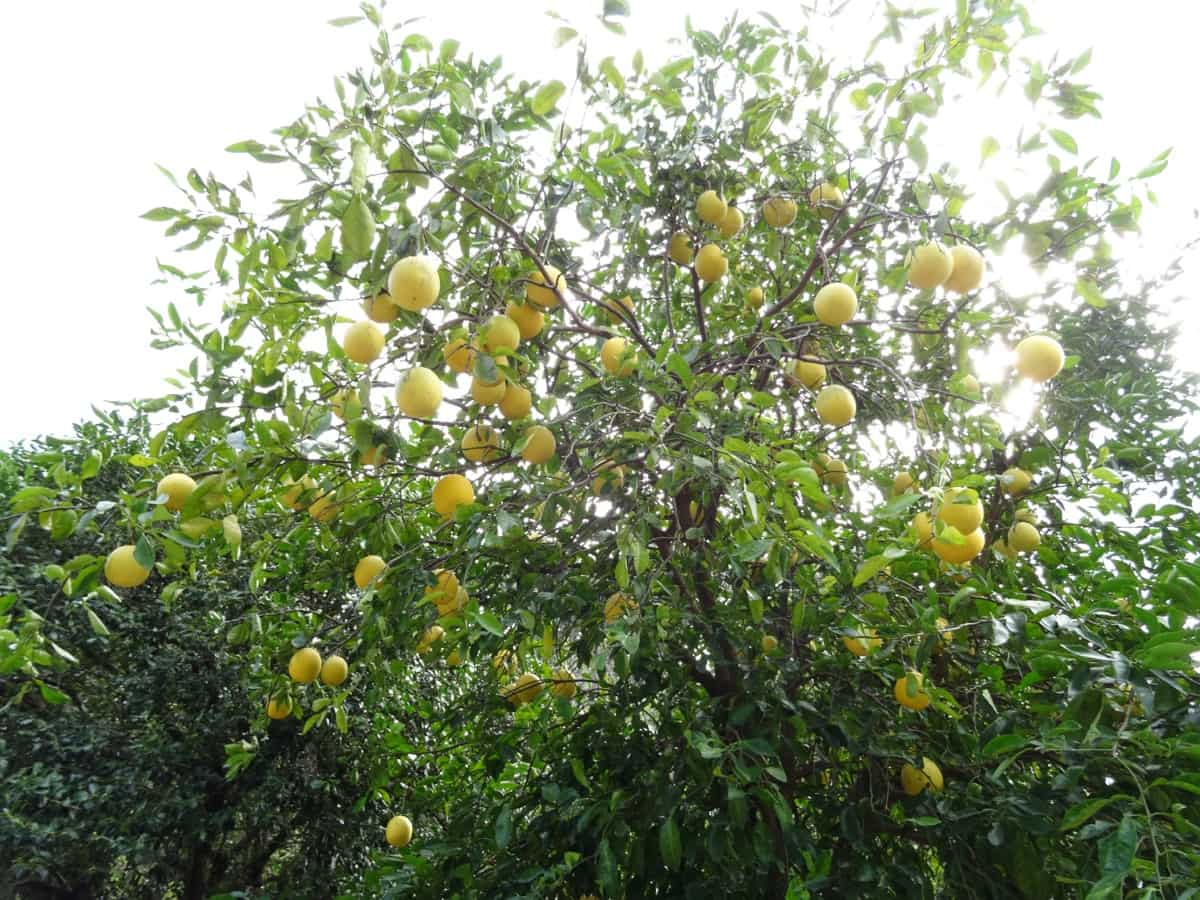
Outdoor plants need protective measures, while indoor cultivation is recommended for frost-prone areas. The lemon’s unique features and historical origins make it popular among citrus enthusiasts. Overall, the Ponderosa lemon is a testament to hybridization, and its unique characteristics make it a popular choice for citrus enthusiasts.
Villafranca Lemon
The Villafranca lemon, originating from South Asia, shares similarities with its Eureka counterpart in appearance and flavor but differs due to distinct growing and fruiting seasons. Despite not being seedless, Villafranca lemons have a scarcity of seeds, catering to those seeking minimal seed content.
Flourishing within USDA Hardiness Zones 8-11 thrives in diverse climates. Like Eureka lemons, the Villafranca variety requires 6-8 hours of sunlight for robust growth and fruit development. Moderate watering is crucial for maintaining health, balancing adequate moisture, and preventing waterlogged conditions.
Genoa Lemon
The Genoa lemon, a citrus variety native to Genoa, California, is known for its increased cold hardiness, making it better suited to cooler temperatures. Despite its resemblance to the Eureka lemon, it is not from Italy but hails from the region. The Genoa lemon grows within USDA Hardiness Zones 8-12 and can thrive in moderate winters and tropical environments.
It requires full sun and consistent watering, with recommended 2-3 times per week for successful establishment and growth. The Genoa lemon exemplifies the balance of familiarity and distinctiveness, with its resemblance to the Eureka lemon piqued curiosity and enhanced cold resistance.
Meyer lemon
Meyer lemons are a unique citrus variety with a rounder shape and a unique flavor that blends the tang of a lemon with the sweetness of a mandarin orange. Originating in China, they thrive in USDA Hardiness Zones 8-11, requiring around 6 hours of daily sunlight for healthy growth and productive fruiting.
In case you missed it: A Step-By-Step Guide to High Density Fruit Farming: For Guava, Banana, Mango, Pineapple, Lemon, Papaya, Litchi, and Apple
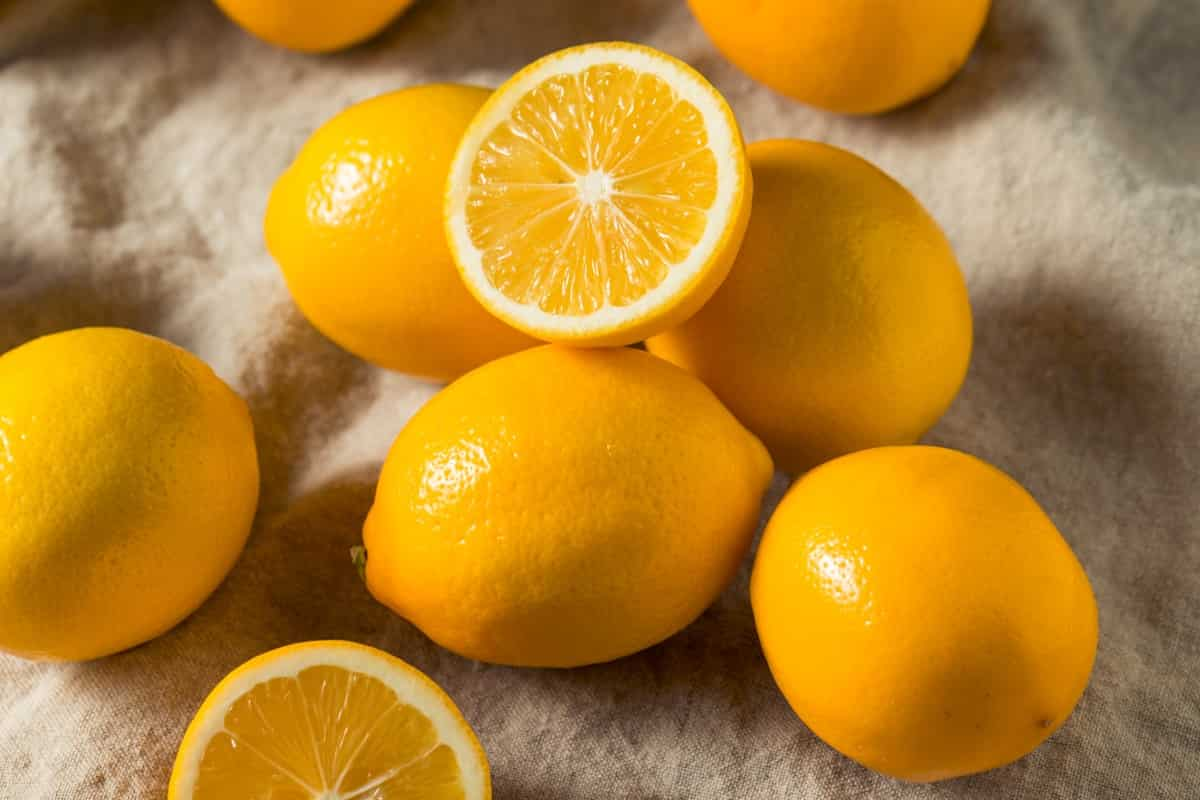
Meyer lemon trees require consistent watering, with a frequency of 2-3 times per week, to maintain their well-being and ensure optimal yield. Their unique blend of flavors creates a unique gustatory experience, and their smooth skin sets them apart from other lemon varieties. Meyer lemons are a cherished citrus gem from Asia.
Greek Citron Lemon
The Greek Citron, a citrus fruit native to Greece, has a unique tangy sourness and a tangy flesh characterized by its candied peel. Its unique appearance and adaptation to various climates, including mild to warm, make it a popular choice in gardens across the Mediterranean. The fruit requires a balance between moderate watering and ample sunlight exposure, with a medium watering regimen promoting healthy growth and the production of its prized candied peel. The Greek Citron’s unique combination of aesthetics, flavor, and heritage adds to its unique and captivating appeal.
Buddha’s Hand Lemon
Buddha’s Hand lemons are a unique citrus variety from China, known for their unconventional morphology and unique finger-like projections. Originating from China, these lemons defy conventional shapes with their circular core, resembling an otherworldly hand in motion. They thrive in USDA Hardiness Zones 8-11 and can adapt to temperate to warm climates.
The lemon’s unique water and sun requirements make it suitable for less hydration than its counterparts. The optimal watering frequency is around once per week, maintaining a balance between moisture and dryness. Buddha’s Hand lemons’ unique form and citrus essence are a testament to nature’s creative genius.
Lumia lemon
The Lumia lemon is a unique citrus hybrid with a distinctive silhouette, resembling a cross between lemon and pear fruits. Originating from South Asia’s citrus-rich landscapes, it thrives in USDA Hardiness Zones 9-11 and adapts to various climates. Its unique silhouette mirrors this fusion, with thick skin and a unique appearance. The Lumia lemon thrives under 8 hours of daily sunlight and moderate watering, maintaining a balance between hydration and soil moisture. Its native origins in South Asia enhance its diverse appeal, rooted in a region known for its citrus bounty.
Variegated Pink Lemon
The Pink Variegated Lemon, discovered in Burbank, California, in the 1930s, is a unique citrus variety with textured, rough skin and grapefruit-like flesh. Its unique appearance and genetic mutation make it a unique and delicious citrus variety. Flourishing within USDA Hardiness Zones 8-11, it adapts to various climates for growth and fruiting. To maintain vitality, the Pink Variegated lemon requires full sun exposure for 6-8 hours daily and a unique watering routine 2-3 times per week to meet its moisture needs. This unique citrus variety offers a unique blend of flavors and aromas.
Fingered Citron Lemon
The Fingered Citron Lemon, also known as Buddha’s Hand, is a unique citrus variety from Asia, particularly China and India. Originating from a central core, it resembles multiple fingers in graceful motion. Unlike conventional citrus, it lacks juicy flesh but has fragrant zest. Its culinary applications, particularly as a flavor enhancer and ingredient in dishes, contribute to its allure in gastronomy and aesthetics.
Sweet Lemon
The Sweet Lemon, a citrus variety originating in Malabar and Nilgiris, offers a mild sweetness twist to the citrus spectrum. Unlike the typical tartness of lemons, it is often enjoyed as a fruit rather than just for its juice, providing a refreshing twist on the citrus experience.
In case you missed it: How to Grow Lemon Tree from Seed: A Step-by-Step Guide for Beginners
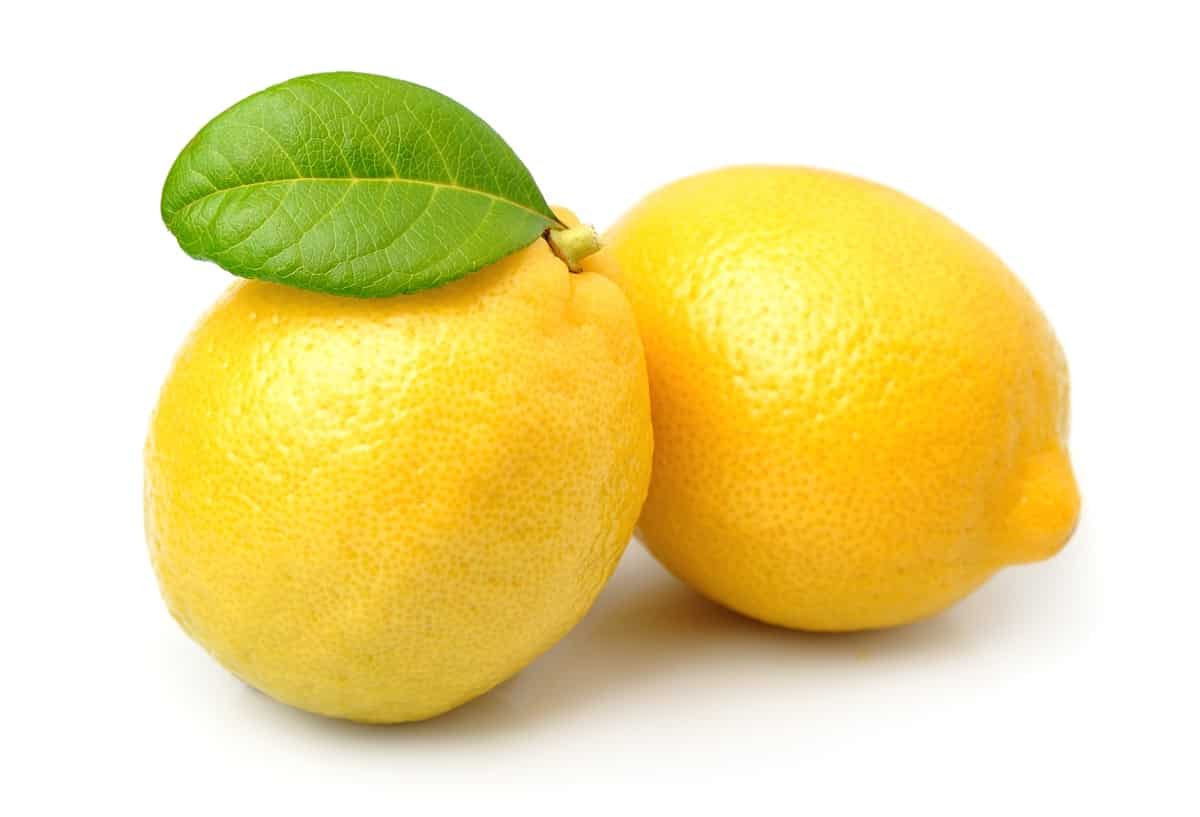
Otaheite lemon
The Otaheite lemon, an “acidless orange,” is a unique citrus hybrid with a paradoxical flavor profile. It originates from India and uniquely blends lemon and citrus flavors. Growing in USDA Hardiness Zones 10-13, it thrives in warmer climates with mild winters and tropical conditions. The Otaheite lemon requires a significant amount of water, requiring a watering regimen of 5+ times per week to meet its hydration needs. This unique hybrid offers a unique twist on traditional citrus experiences.
Verna Lemon
The Verna lemon, originating from Spain, is a citrus variety with an impressive size that often surpasses Eureka lemons. Originating in USDA Hardiness Zones 9-12, it thrives in diverse climates with mild to warm temperatures. The Verna lemon requires 6-8 hours of daily sunlight, but its Mediterranean origins demand more frequent watering, requiring 4-5 times per week. This unique hydration needs reflect the tree’s native environment, requiring more frequent watering to maintain moisture levels and ensure its vitality and productivity. The Verna lemon embodies the Mediterranean’s citrus legacy.
Yen Ben Lemon
The Yen Ben lemon, a distinct branch from the Lisbon lemon lineage, is characterized by increased productivity and juiciness, surpassing even the famous Lisbon in these areas. Originating from Australian roots, it thrives within USDA Hardiness Zones 8-12 and adapts to different climates, making it an ideal choice for temperate to tropical regions. The Yen Ben lemon requires a watering routine of 3-4 times per week, paralleling the care regimen of the Lisbon lemon. This unique variety significantly diverges from its Lisbon counterpart, showcasing the diversity of citrus origins and Australian roots.
Bonnie Brae lemon
The Bonnie Brae lemon, originating in Southern California in the mid-19th century, is a rare variety that once gained significant popularity. Despite its rarity, it thrives within USDA Hardiness Zones 8-11 and can thrive in mild to warm climates. Remains of these trees may still thrive in Southern California’s wild landscapes, requiring abundant direct sunlight and moderate watering to sustain their growth and health.
Despite its rarity, the Bonnie Brae lemon offers a glimpse into citrus history and a testament to the evolution of citrus cultivation. Despite its rarity, the Bonnie Brae lemon is a valuable window into the history of citrus cultivation.
Eureka Variegated Lemon
The Eureka Variegated Lemon is a unique citrus variety that showcases a mosaic of colors, originating as a variant of the Eureka Lemon. This unique variety thrives under adequate sunlight and moderate watering, providing an artistic touch to gardens and landscapes. It is a testament to the natural creativity that adorns the botanical realm, inviting admiration and wonder from those who encounter it. Its exceptional foliage celebrates the beauty of diversity in the citrus world.
In case you missed it: Top 15 Steps to Boost Lemon Yield: How to Increase Fruit Size, Production, and Quality
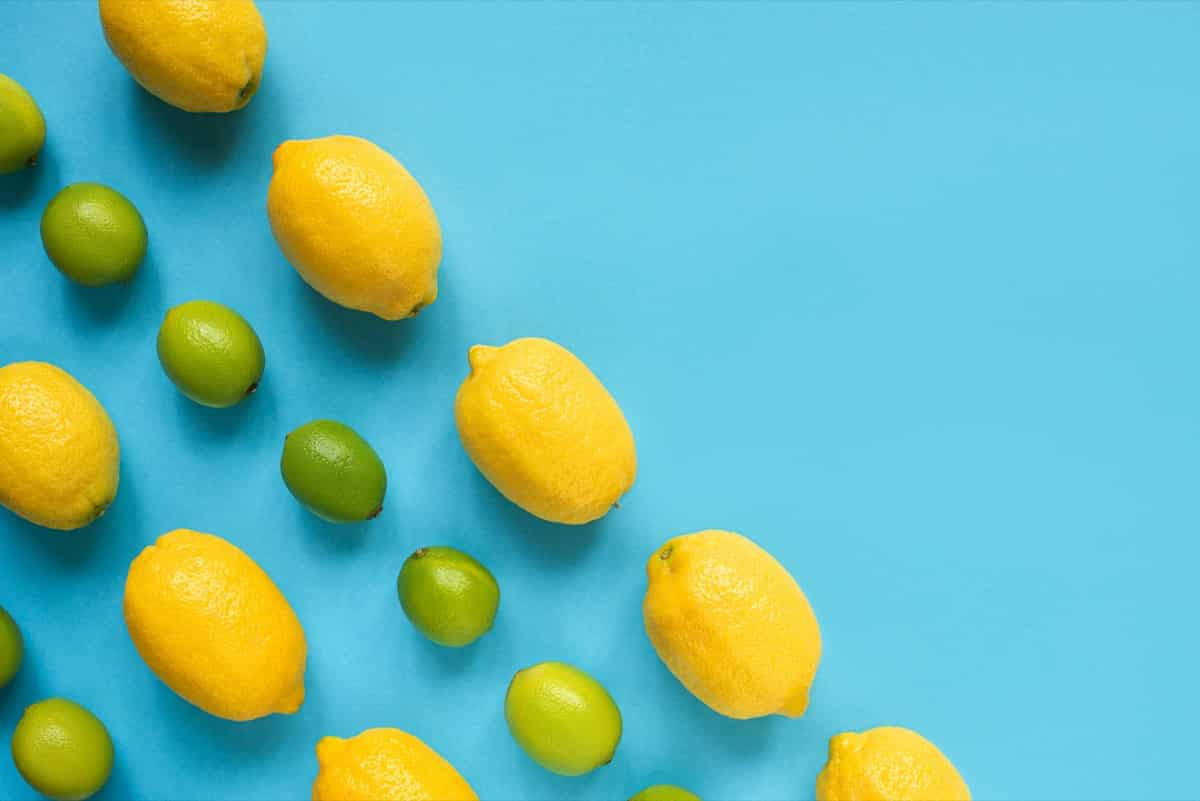
Conclusion
In the vibrant world of citrus, these 20 lemon varieties stand as a testament to nature’s diversity. From the tang of Eureka to the sweetness of Sweet Lemon, each cultivar brings its unique charm. These selections offer a tempting array of flavors, sizes, and rarities for citrus enthusiasts.
- Types of Pesticides Used in Agriculture: A Beginner’s Guide
- Economical Aquaculture: A Guide to Low-Budget Fish Farming
- 15 Common Planting Errors That Can Doom Your Fruit Trees
- How to Make Houseplants Bushy: Effective Tips and Ideas
- Innovative Strategies for Boosting Coconut Pollination and Yield
- Pollination Strategies for Maximum Pumpkin Yield
- The Complete Guide to Chicken Fattening: Strategies for Maximum Growth
- Natural Solutions for Tulip Problems: 100% Effective Remedies for Leaf and Bulb-Related Issues
- Revolutionizing Citrus Preservation: Towards a Healthier, Greener Future
- Natural Solutions for Peony Leaf and Flower Problems: 100% Effective Remedies
- Maximizing Profits with Avocado Contract Farming in India: A Comprehensive Guide
- Natural Solutions for Hydrangea Problems: 100% Effective Remedies for Leaf and Flowers
- The Ultimate Guide to Choosing the Perfect Foliage Friend: Bringing Life Indoors
- From Sunlight to Sustainability: 15 Ways to Use Solar Technology in Agriculture
- The Ultimate Guide to Dong Tao Chicken: Exploring from History to Raising
- The Eco-Friendly Makeover: How to Convert Your Unused Swimming Pool into a Fish Pond
- Mastering the Art of Delaware Chicken Farming: Essentials for Healthy Backyard Flocks
- 20 Best Homemade Fertilizers for Money Plant: DIY Recipes and Application Methods
- How to Craft a Comprehensive Free-Range Chicken Farming Business Plan
- Brighten Your Flock: Raising Easter Egger Chickens for Beauty and Bounty
- How to Optimize Your Poultry Egg Farm Business Plan with These Strategies
- Subsidy for Spirulina Cultivation: How Indian Government Schemes Encouraging Spirulina Farmers
- Ultimate Guide to Raising Dominique Chickens: Breeding, Feeding, Egg-Production, and Care
- Mastering the Art of Raising Jersey Giant Chickens: Care, Feeding, and More
- Ultimate Guide to Raising Legbar Chickens: Breeding, Farming Practices, Diet, Egg-Production
- How to Raise Welsummer Chickens: A Comprehensive Guide for Beginners
- How to Protect Indoor Plants in Winter: A Comprehensive Guide
- Ultimate Guide to Grow Bag Gardening: Tips, Tricks, and Planting Ideas for Urban Gardeners
- Guide to Lotus Cultivation: How to Propagate, Plant, Grow, Care, Cost, and Profit
- Agriculture Drone Subsidy Scheme: Government Kisan Subsidy, License, and How to Apply Online
- Ultimate Guide to Raising Araucana Chickens: Breed Profile, Farming Economics, Diet, and Care
- Bringing Hydroponics to Classroom: Importance, Benefits of Learning for School Students
- Ultimate Guide to Raising Polish Chickens: Breed Profile, Farming Economics, Diet, and Care
- Ultimate Guide to Raising Australorp Chickens: Profile, Farming Economics, Egg Production, Diet, and Care
- Silkie Chicken Farming: Raising Practices, Varieties, Egg Production, Diet, and Care
- Sussex Chicken Farming: Raising Practices, Varieties, Egg Production, Diet and Care